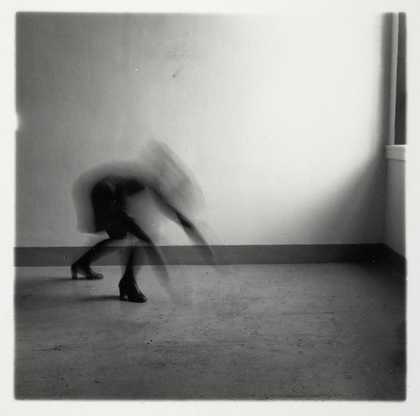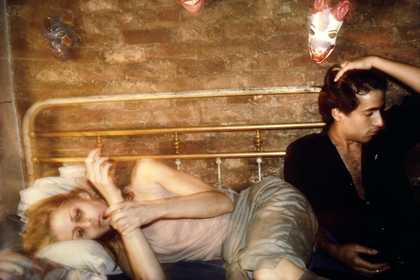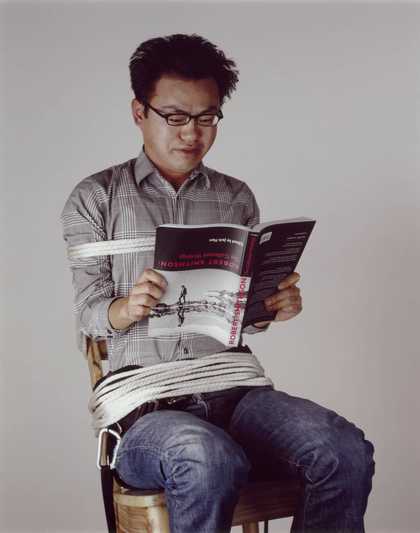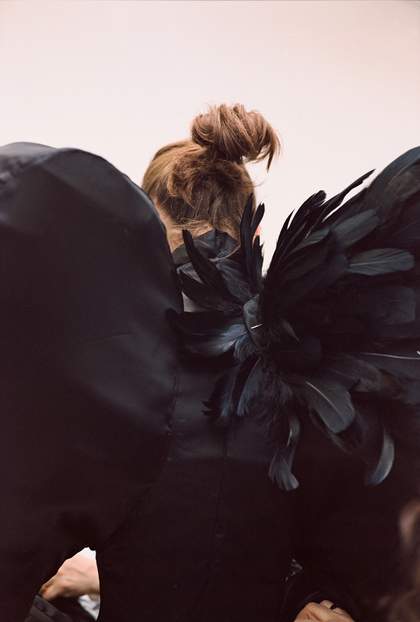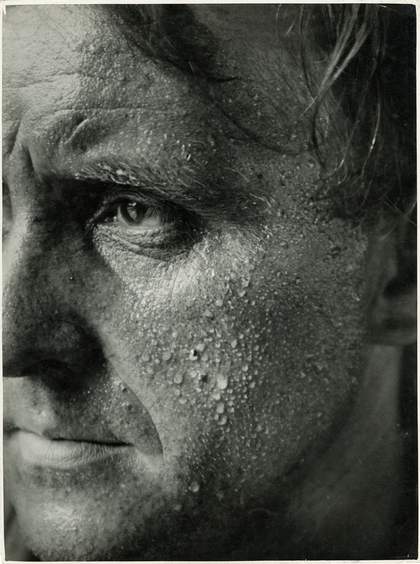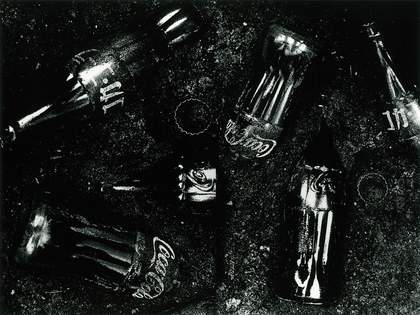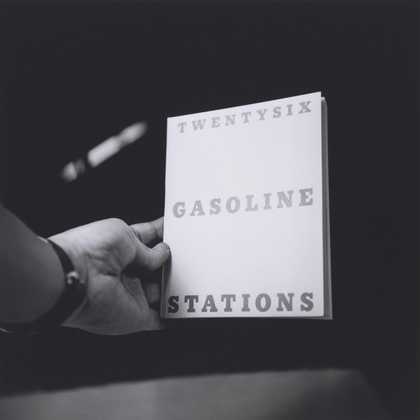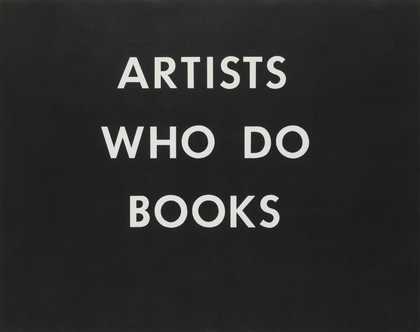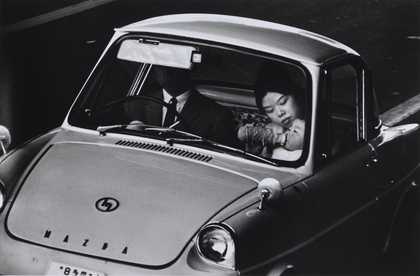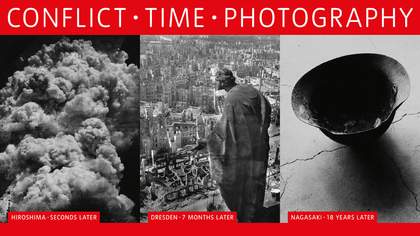
Early photobooks were used to illustrate the work of individual photographers or a new type of photographic process. William Henry Fox Talbot published a photobook in 1844 called The Pencil of Nature in order to promote his calotype photographic process.
Over the years, photobooks have helped to establish the idea that a sequence of images represents a narrative in its own right. The German photographer August Sander published Face of Our Time, in 1929, part of his life-long project to create a comprehensive photographic index of the German population.
Today photobooks are crucial for financing and circulating modern photography enabling enthusiasts access to a wide range of photographers from across the world.

